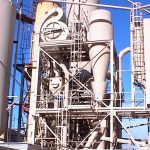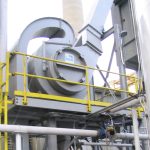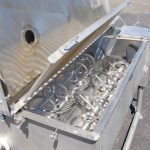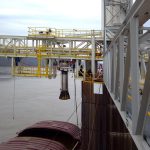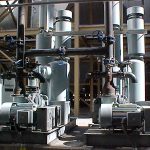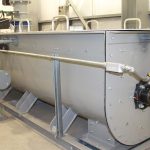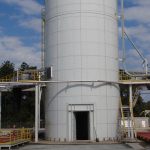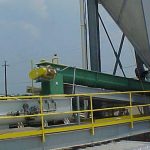Bulk Material Handling and Processing Equipment
Systems
LBIS has accumulated extensive experience over the years with various material processing operations. This experience allows us to design custom solutions for all types of bulk material processing needs. Overall process design can incorporate any one or multiple of these systems. Common systems that we can adapt to your plant include:


